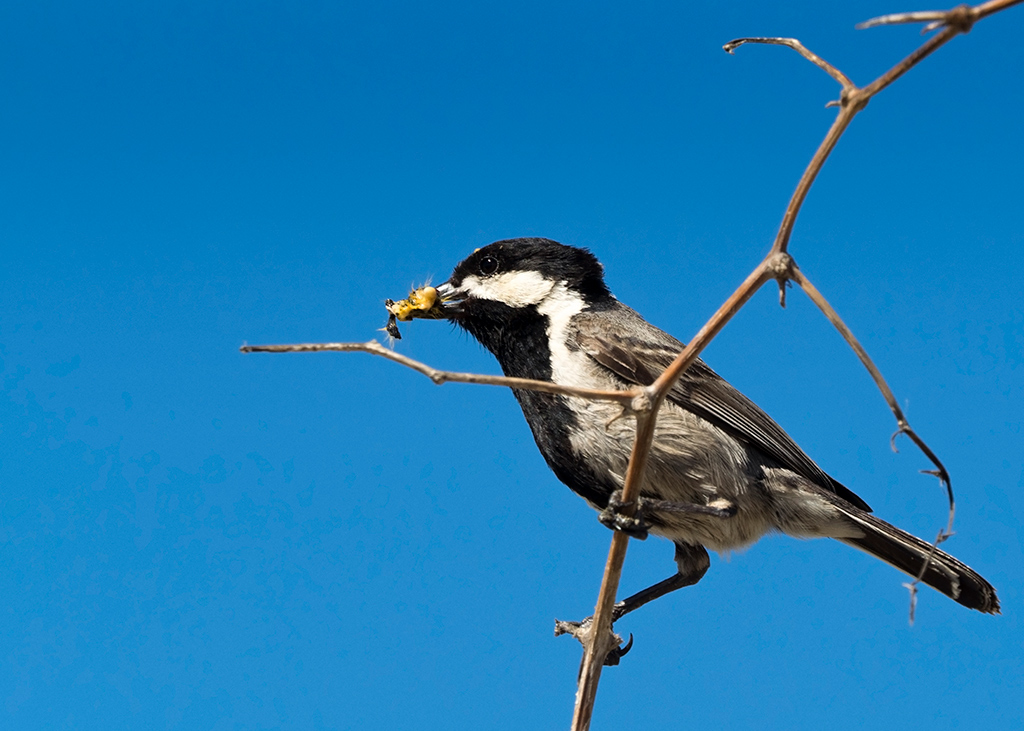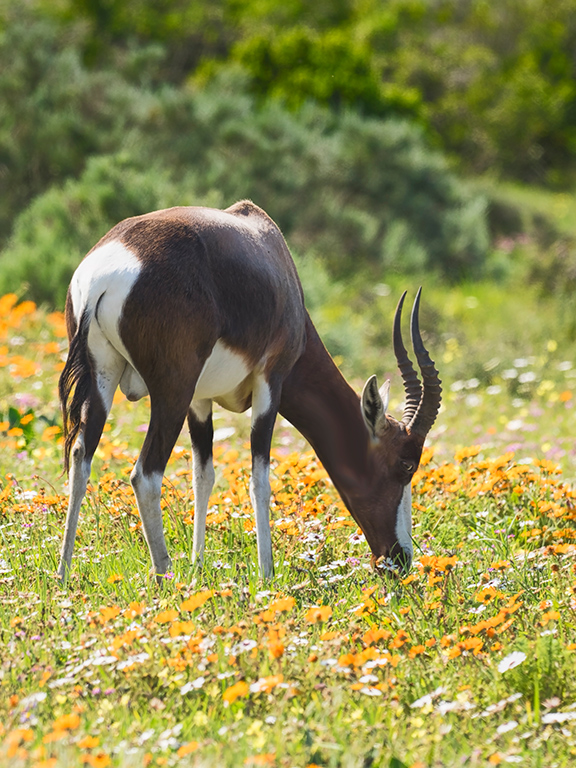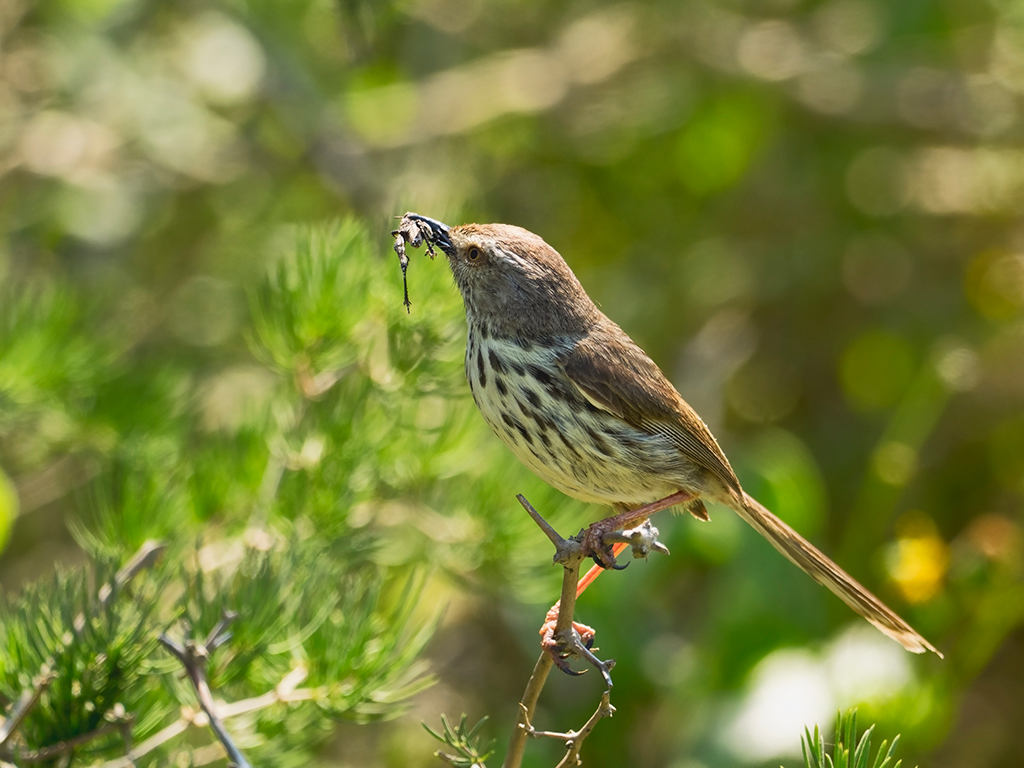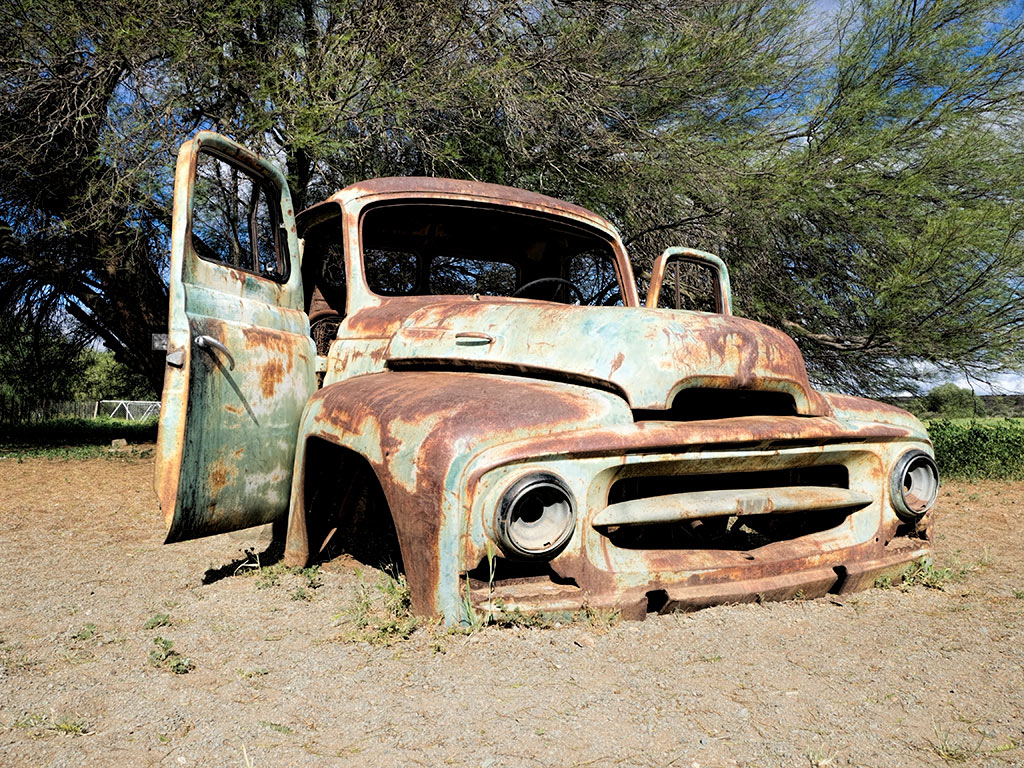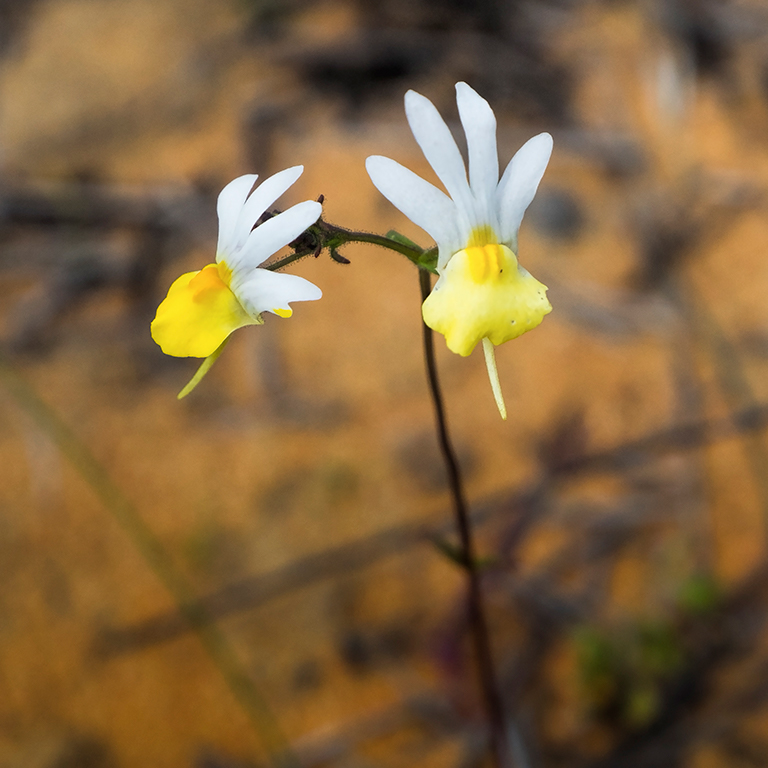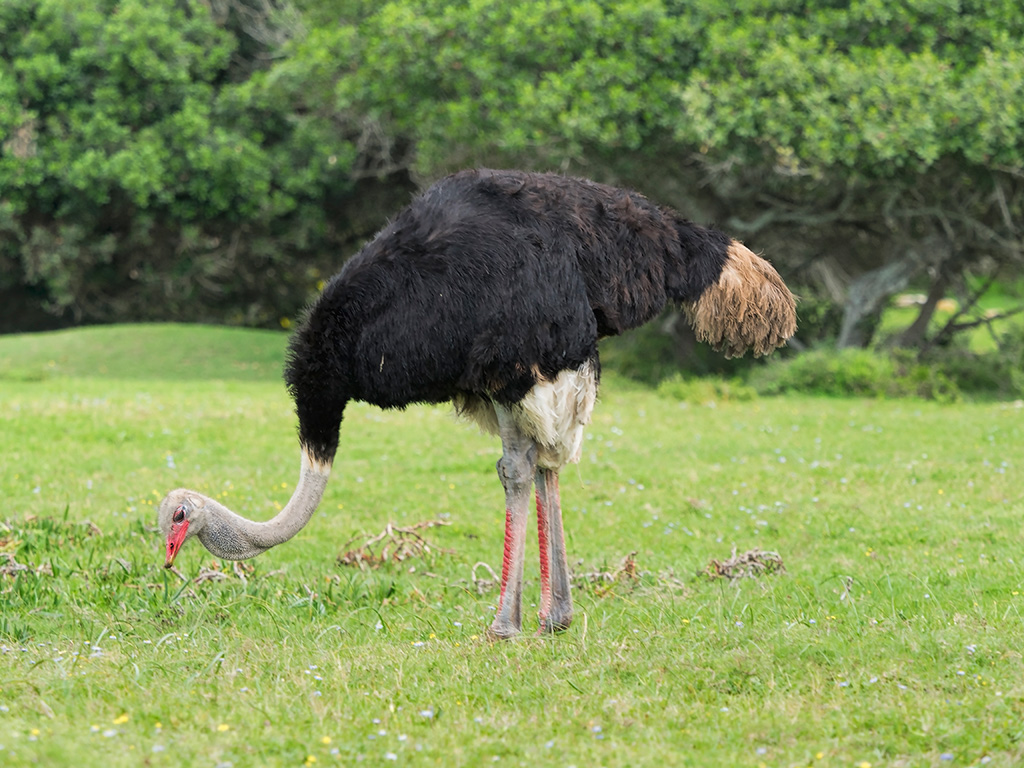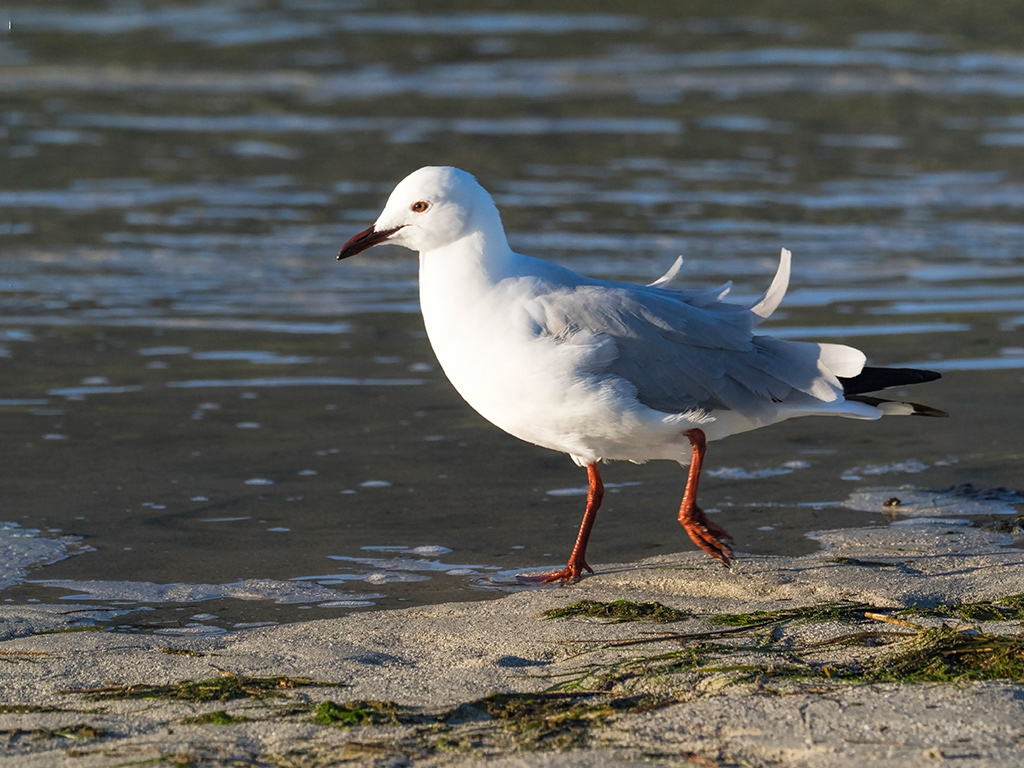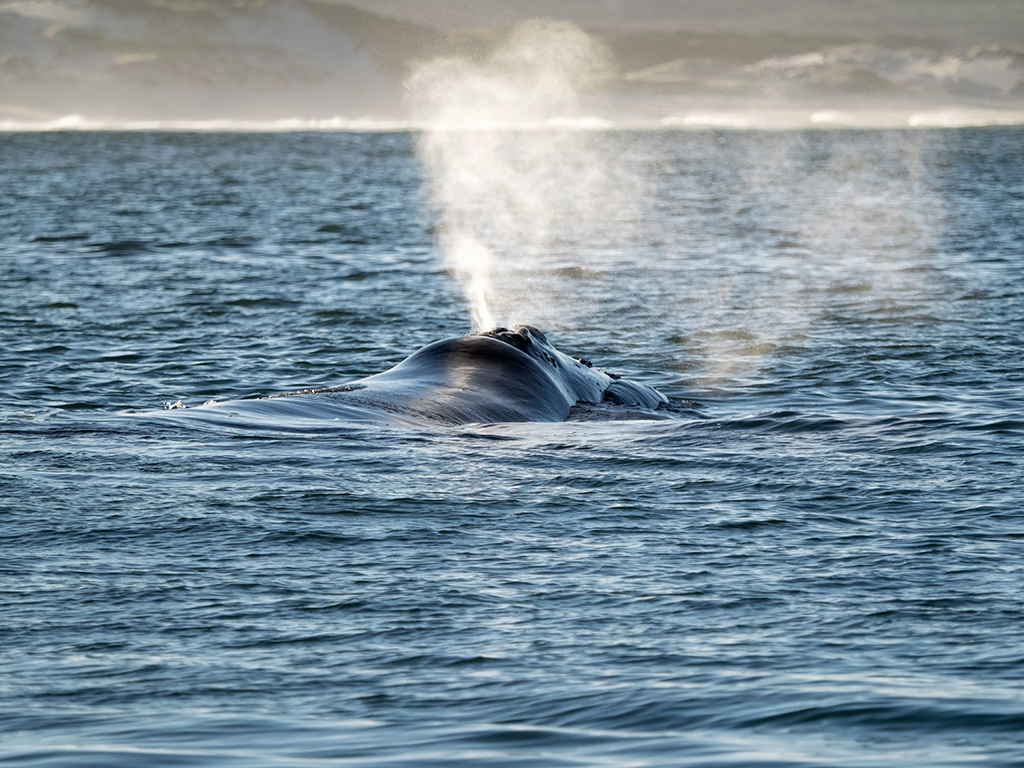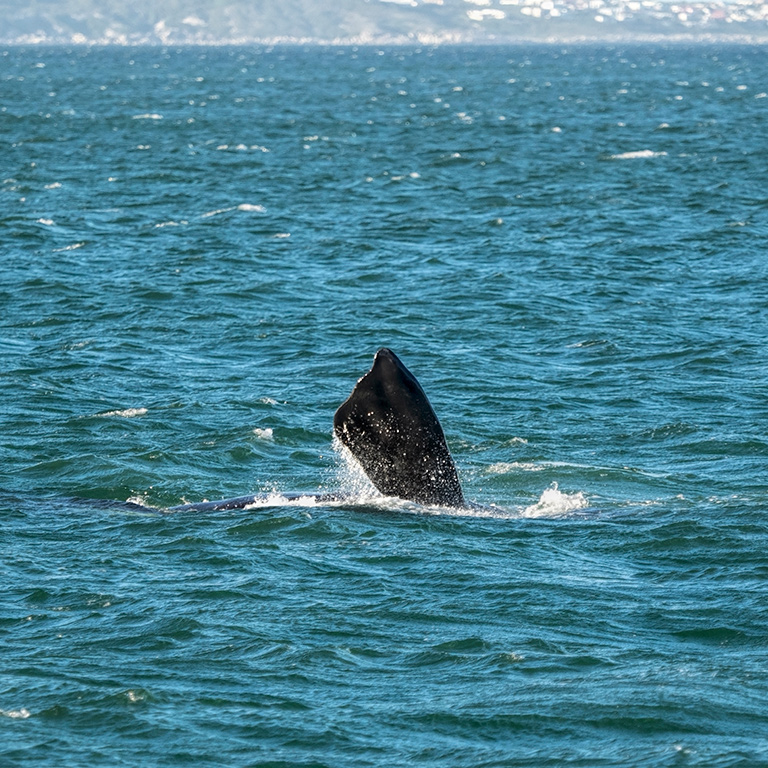Images from a fantastic September 2016 self drive tour around South Africa's Western Cape (with a brief sojourn over the Mountains into Northern Cape and Namaqualand). With route prearranged with help from www.audleytravel.com taking in miles of empty roads, wonderful scenery, clean air and opportunity to meet some great people.
Fynbos was spectacular with hectares of wild blooms in the Western Cape. In the North a drying wind had reduced the blooms in Nieuwoudtville, but this worked to our advantage as during a guided tour farmer Willem proudly showed us the "little" things within the magical Papkuilsfontein Farm.
With gardens full of birds, Betty's Bay providing penguins, a visit to Cape Agulhas the most Southerly tip of Africa and (despite being a little early for the mass influx of whales), boat trips and land views giving a flavour of what could be available; this was an exceptional visit full of photo opportunity and a great taster for potential future visits.
We hope you enjoy the images and sincerely thank Mrs Suzanne Mace from the British Cactus and Succulent Society for plant identification and details.
Fynbos was spectacular with hectares of wild blooms in the Western Cape. In the North a drying wind had reduced the blooms in Nieuwoudtville, but this worked to our advantage as during a guided tour farmer Willem proudly showed us the "little" things within the magical Papkuilsfontein Farm.
With gardens full of birds, Betty's Bay providing penguins, a visit to Cape Agulhas the most Southerly tip of Africa and (despite being a little early for the mass influx of whales), boat trips and land views giving a flavour of what could be available; this was an exceptional visit full of photo opportunity and a great taster for potential future visits.
We hope you enjoy the images and sincerely thank Mrs Suzanne Mace from the British Cactus and Succulent Society for plant identification and details.
Alan Wilson Copyright © 2012 through 2018 www.alanwilsonphotography.com Twitter: @alanwilsonphoto Latest update September 2018



